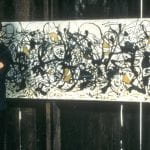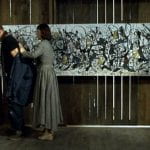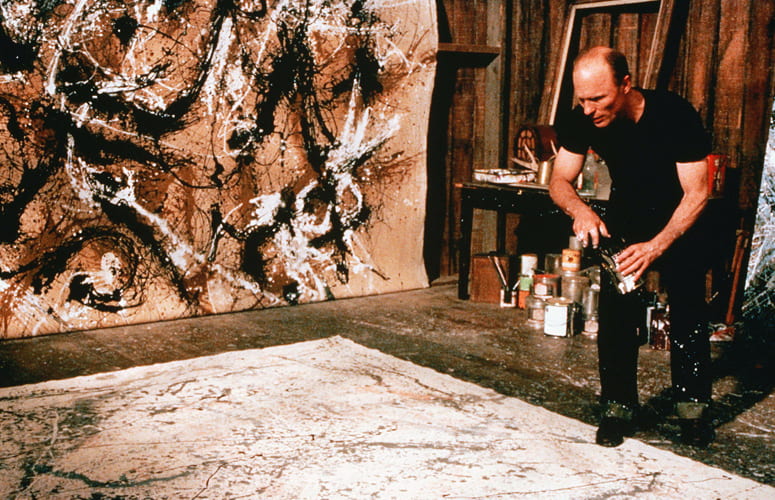
Welcome to Score Keeping. A feature where I l dive into overlooked and highly praised songs, scores and soundtracks that accompany great films.
Please press play.
The film score as a tool can serve many purposes. Among these many utilities the most common would be to elevate and support the action on screen. Meaning the music is usually there to create the atmosphere or tone within the scene. You have a pulse pounding action beat? Go ahead and pump up the brass and smother the score in percussion. Need some sweeping sentimentality? Litter the score with sappy strings and romantic piano. The score in this effect can be used as shorthand for characters. Think the “Imperial March” in Star Wars for Darth Vader’s appearance. The regal military march made dark and fascistic and oppressive by the minor key. It gives you a clear idea about who and what that character is.
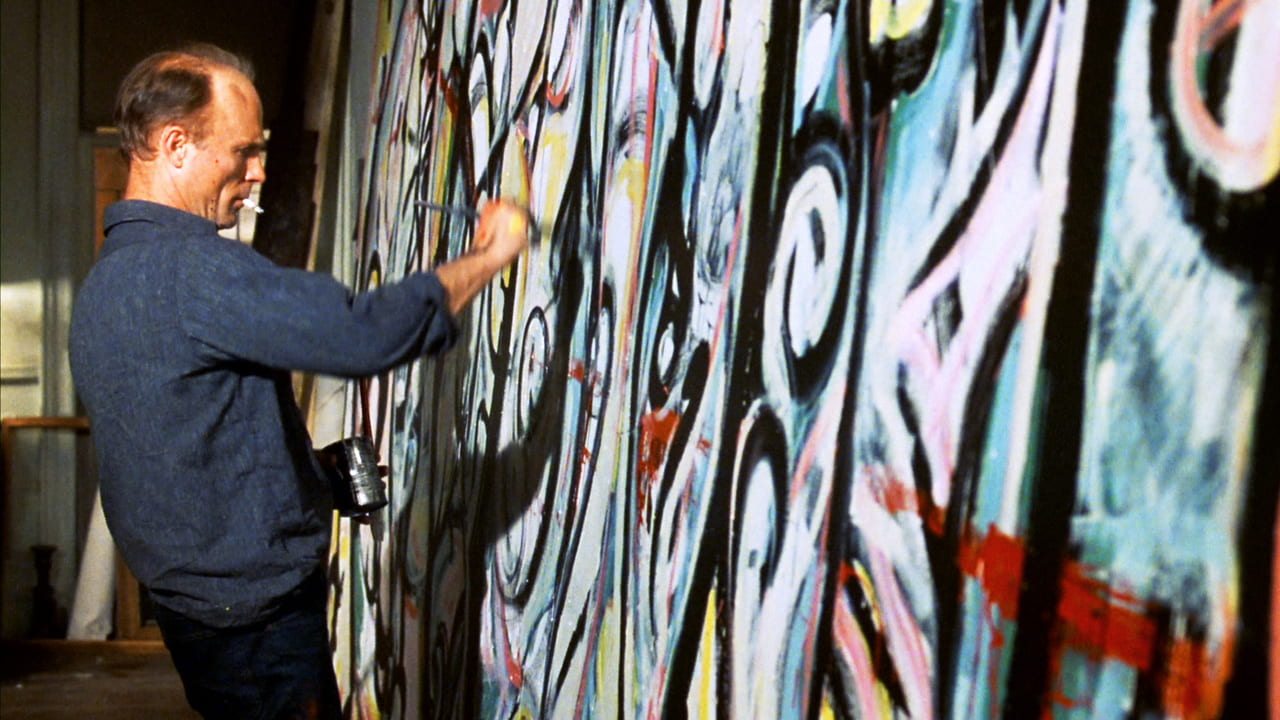
Rarely, however, is the score used to highlight the internal parts of a character’s psyche: music that communicates so quickly and effectively the ever shifting mindset of a character that the music itself evolves into a character. Enter the 2000 film Pollock directed by and starring Ed Harris. A portrait of an artist stricken with bipolar disorder and the uniquely revolutionary art he struggled to create. The film was scored by Jeff Beal, a composer and trumpet player with a background heavy in jazz arranging and improvisation. Beal had done some scoring on smaller projects before being tapped to work on Pollock, following up the efforts of two previous composers on the film: one being Donald Rubenstein (most notable for his cult score to George A. Romero’s Martin), and the other rumored to be Tom Waits, who lends his song “The World Keeps Turning” to the film. While Ed Harris wanted the film to have a heavily jazz affected score that captured Jackson Pollock’s struggle, he didn’t want the music to be too sentimental or spontaneous. He states in an interview with Soundtrack Magazine that “I didn’t want to be overly sentimental. I wanted it to be coherent music from beginning to end.”
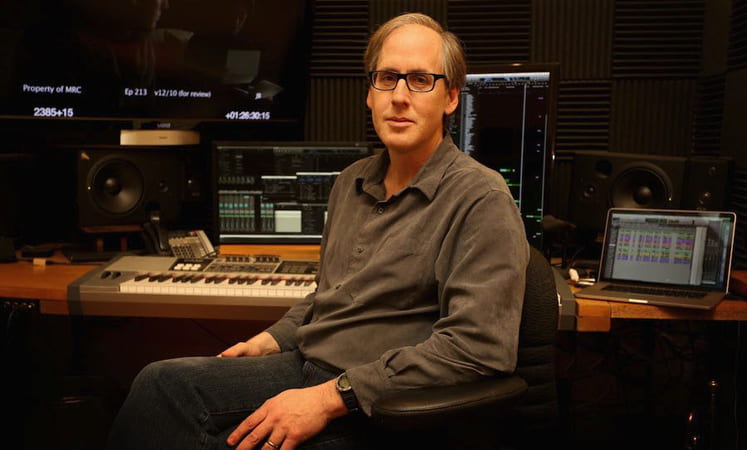
Beal’s approach to a solution was to make a pastiche of different styles. Combining the syncopation of jazz, the hypnotic repetition of minimalism and the folk feel of Americana, Beal created a score that sounds like Steve Reich by way of Aaron Copland, but this isn’t why the score stands out. The score stands out for how well it really captures Pollock’s internal mood. The music illustrates not only the work Pollock would put on the canvas and how visually rhythmic it is, but his burst of creativity during his more manic episodes. Take, for example, the scene in which Pollock finds the spark to finally paint the mural commissioned by Peggy Guggenheim.
“Stroke of Genius”
The music does everything in its power to transport you through the moment to moment shifts in Pollock’s process. The tonal color changes while actual colors are highlighted. The establishing motif in the strings lines up with the black base Pollock uses. The introduction of yellow has things switch to lighter sounds in the marimba. The scene peaks when Pollock splashes violent arcs of red paint and the score responds with punchy percussion, low brass counterpoint and sparse angular string lines. The music helps provide the scene with such a vivid story that it plays out like a short film, or maybe something like a music video. It’s so kinetic and sweeping that as Beal points out it “…was not unlike scoring an action sequence or something.”
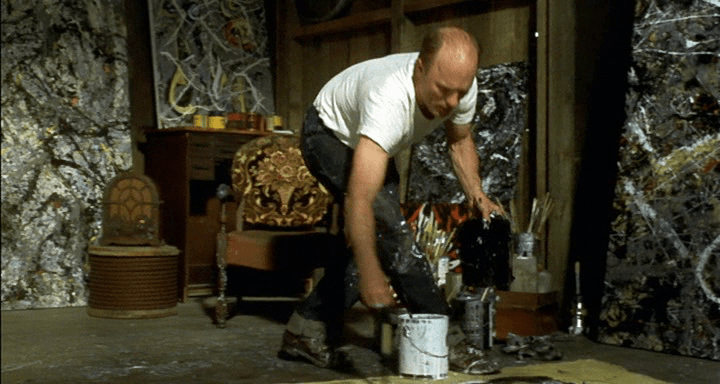
Beal’s score also does a great job of bringing out the subtle variation in these scenes. In a similar—but contextually different—part of the movie, Pollock has a breakthrough and starts experimenting with drip painting.
https://www.youtube.com/watch?v=7V_sPaW6veo
“Breaking the Rules”
Here it’s not Pollock going through a manic episode. At this point in the film he’s in a better place mentally and creatively. Instead it’s aural representation of a person searching for and finding something. The meditative tone of the harp and marimba at the beginning of the scene is a total contrast with the lonely forlorn trumpet at the beginning of the mural scene above. Even the main theme anchored by the string ostinato takes on a more distinctly inspirational tone. The scene whips into high gear with the crack of the percussion and Pollock is now firing on all cylinders. It’s a showcase of a how a character-motivated score can put you on the edge of your seat.
Throughout the rest of the film, the score continues to capture the highs and lows of Pollock’s psyche. The whirlwind swirl of success in “A Life’s Work” leads directly to the depletion of all motivation and inspiration of “Empty.”
Pollock‘s score is an overlooked gem and a master class in how to not only lend excitement and weight to hagiographical aspects of a real person’s life by focusing on the internal facets of their character, but also how to build the action in a scene by simply complementing passion. It’s a score that wants you to feel as passionately about the art being created on screen as the person creating it.
Pollock screened in 35mm as part of the Art and a Movie series at the IU Cinema in February of 2017.
 David Carter is a film lover and a menace. He plays jazz from time to time but asks you not to hold that against him. His taste in movies bounces from Speed Racer to The Holy Mountain and everything in between.
David Carter is a film lover and a menace. He plays jazz from time to time but asks you not to hold that against him. His taste in movies bounces from Speed Racer to The Holy Mountain and everything in between.
